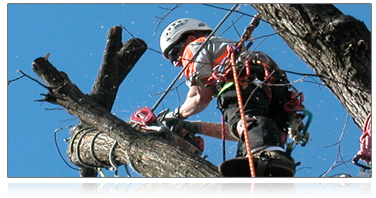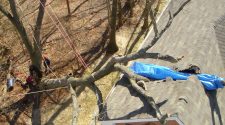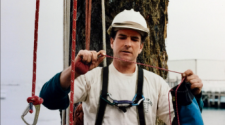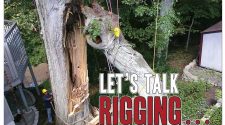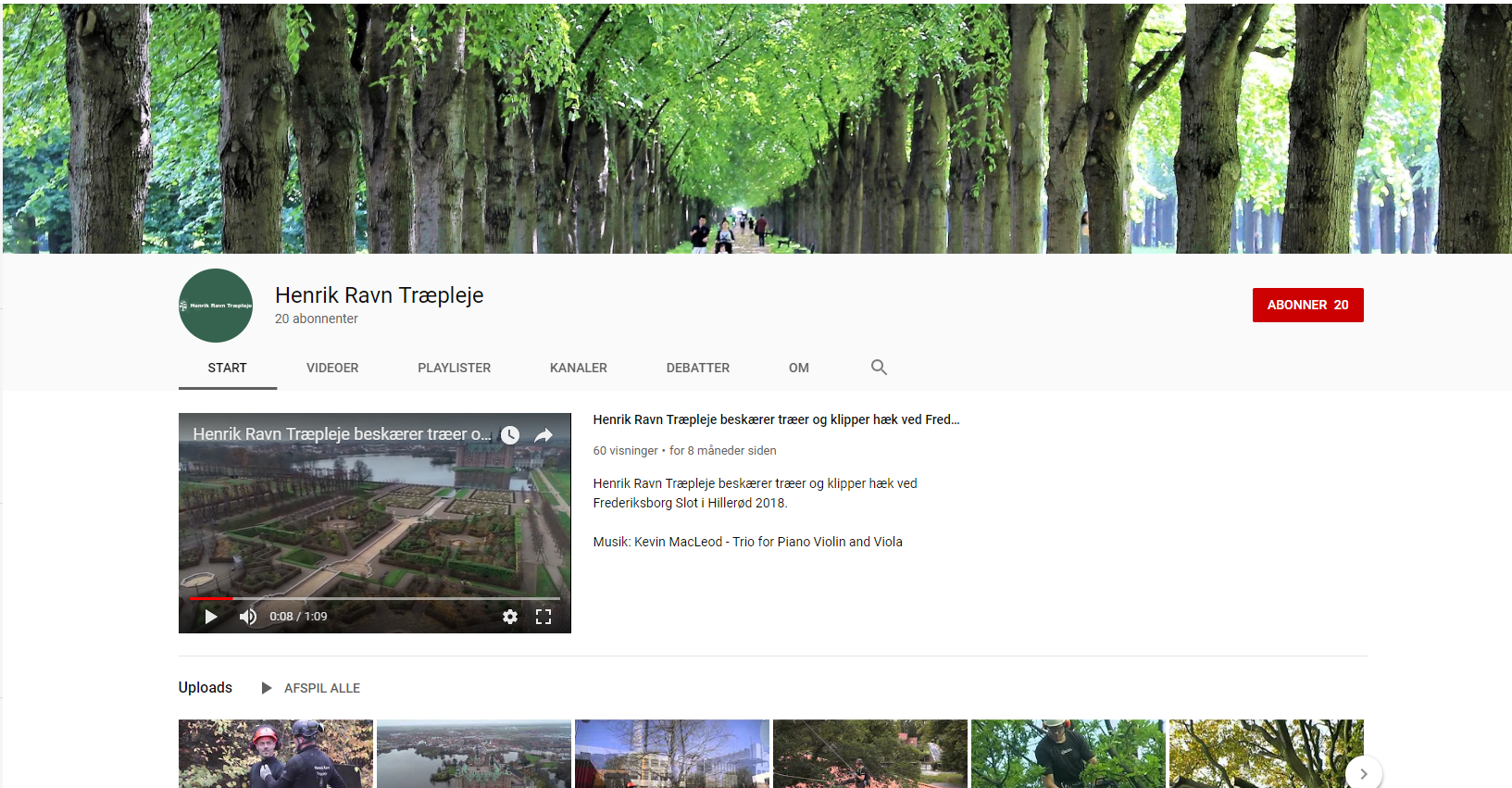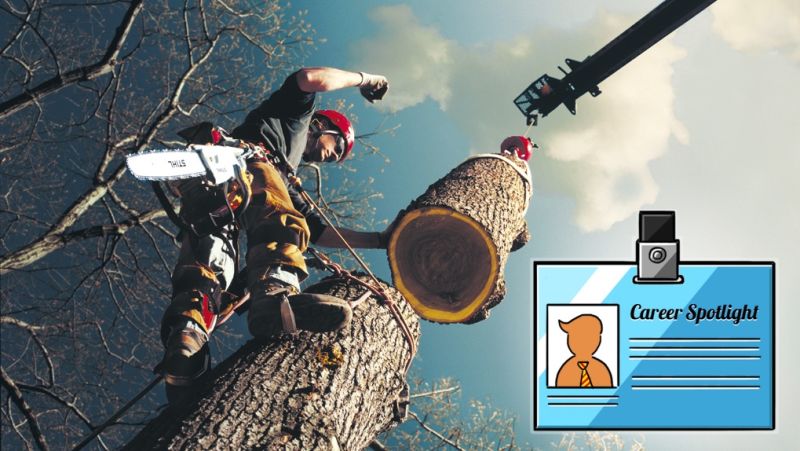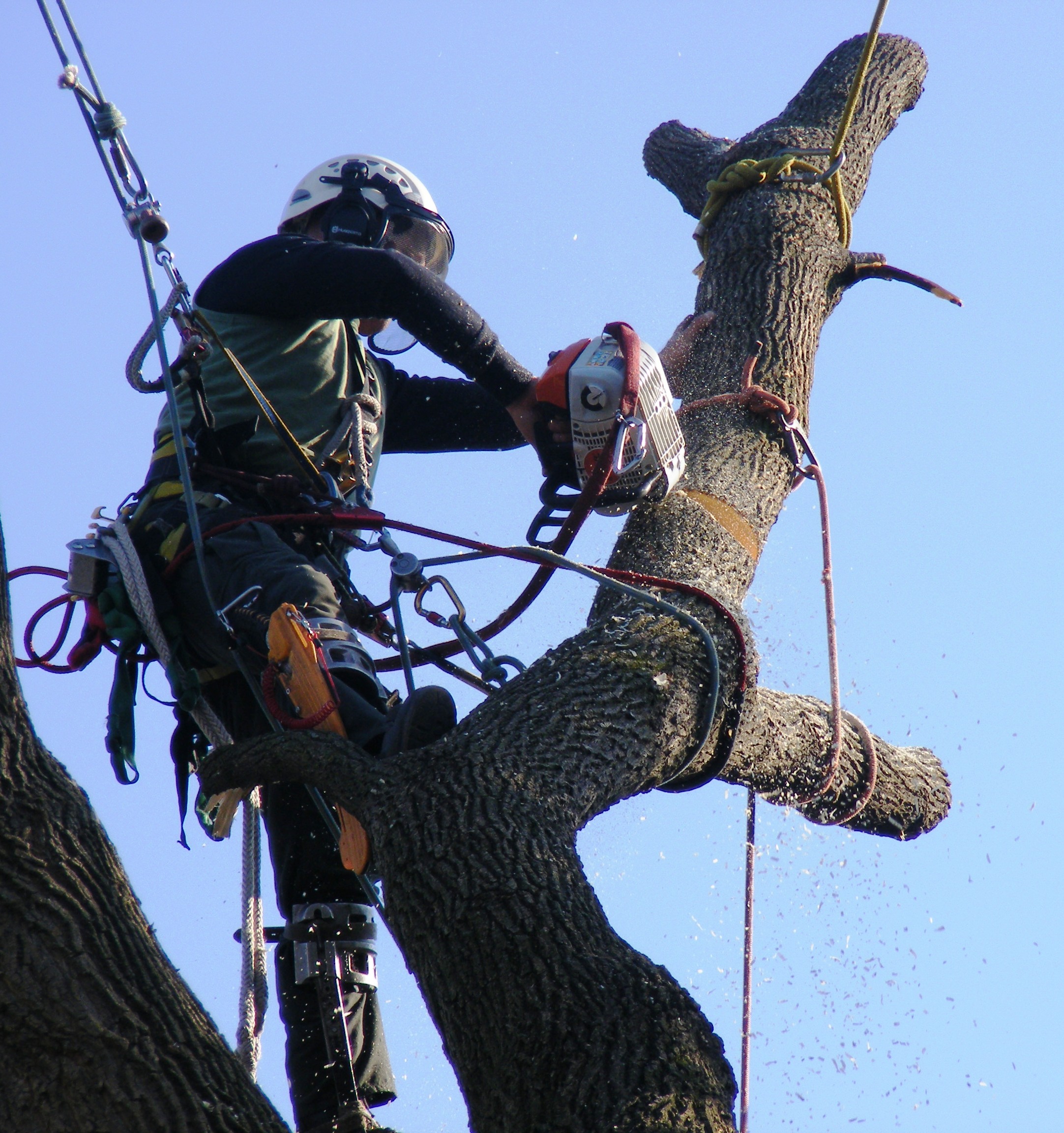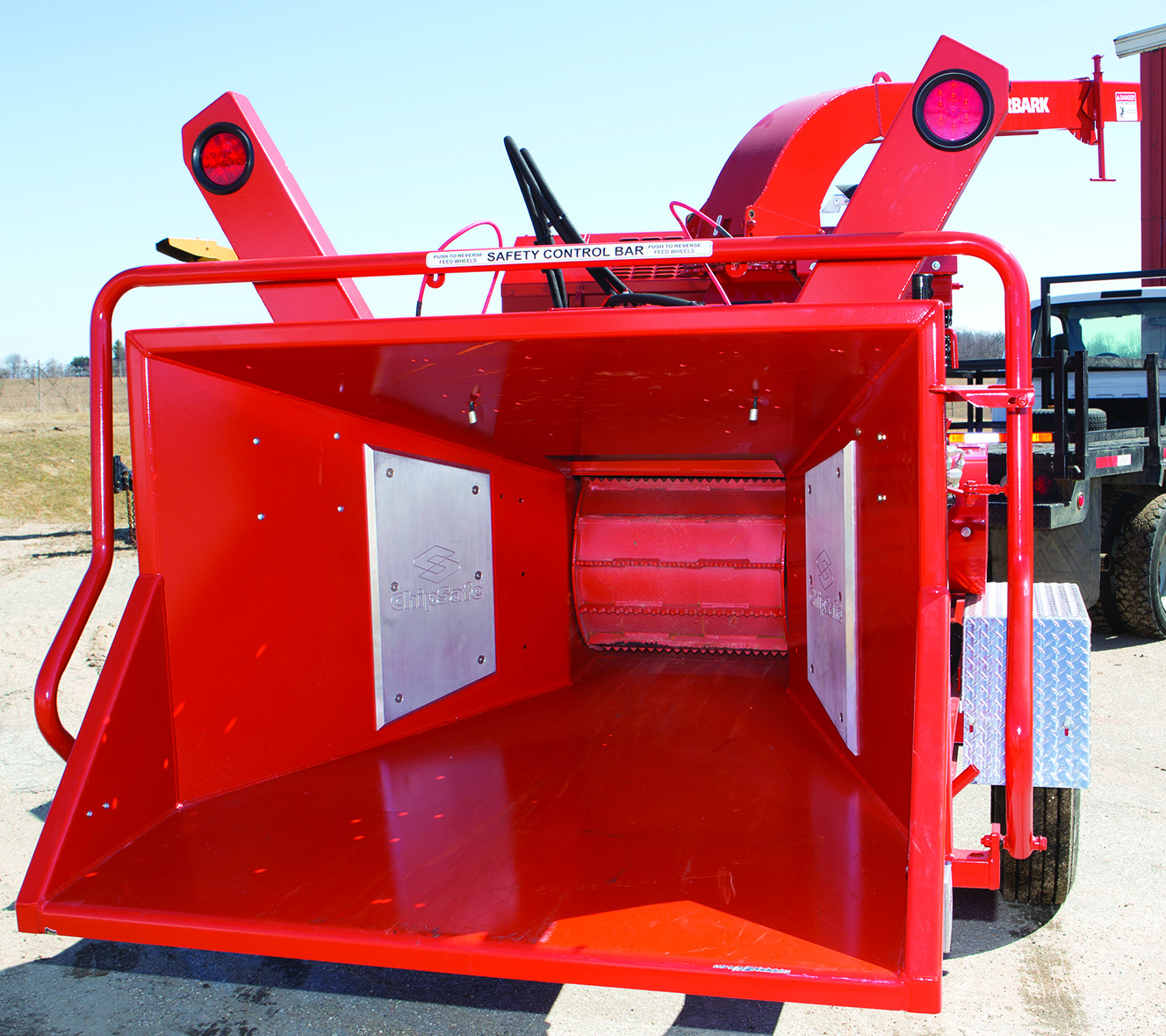By Todd Kramer, CTSP
The tree care industry brings us very diverse work, with assignments from the very simple to the very complex. One day we are structural pruning very small trees, and the next day we may be removing large dead trees over many obstacles. During my 29 years working in this industry, we have had many improvements in equipment and techniques, making the work often physically easier and more efficient. We are getting more work done every day than we did in the past.
With these improvements in equipment and techniques, one would think that our industry’s incident and injury rates would be declining. Unfortunately, that is not the case. Looking at TCIA’s monthly incident report or listening to Dr. John Ball talk about incidents and injuries in our industry, it seems this is not improving.
In our organization, we see a number of incidents every year. All of these incidents are investigated in an attempt to determine a root cause, “Why did this happen?” Was it a lack of training for the field staff, lack of communication from sales or management, a lack of training for sales and management, a lack of communication from the crew leader or a combination of all of these things?
With all of our incidents, there are very few that are “not at fault,” although those do happen. A few may have had circumstances that were out of our control, but honestly, not very many. Every quarter we review all of our incidents in every department and look for trends. Most of our incidents are happening on routine work that is not very challenging. Why is this?
During an aerial-rescue training session this year, I had a very good discussion with one of our crews. We were discussing what type of aerial rescue to practice that day – a spar rescue, a redirected rescue, a confined-space rescue, a static rescue or just a simple, basic rescue. The crew opted for a basic rescue. These are pretty simple to do and don’t really challenge a crew member. This led to more discussion, as I was just assuming the crew was feeling a bit lazy and didn’t want to get into difficult climbing/rescue during this training event. I led the discussion to emphasize the importance of practicing the more complex rescues, because it was my opinion that these are the situations where we are more exposed to an injury or incident. The crew disagreed.
The crew took over the discussion, making the point that they felt they were at more risk while doing the more routine, easier work. While performing the more challenging work, they felt they were switched on. Their level of focus was much higher, their communication skills were improved and that all of this was due to the fact that the consequence of a failure is much higher. We took this discussion to the next step.
I agreed with the crew that their level of focus is increased during complex or high-risk jobs. I also asked the question of why most of our incidents are, generally, during very routine, simple work? That’s when the discussion sort of fizzled away, not surprisingly. The conclusion of this training day lead to quite productive conversations. They defiantly agreed that they have a reduced lack of communication and focus on routine work. They also mentioned that some work looks routine on paper, but when they get to the actual job, it can be a different story.
We all know tree crews have a knack for getting work done. If they don’t have the right equipment or competent people on the job site, they often will simply try to get the work done with who and what they have. This is not the best idea and is where a culture of open communication is very important. If the crew felt they would get push-back from management, this leads to a culture of “just get it done,” potentially leading to incidents or injuries.
One example they gave was a two-man job of simply shaping some arborvitaes. All they needed was a stepladder and some hedge trimmers. Turns out the arborvitaes were too tall, and the workers put themselves at risk in an attempt to get the job done. This is where the importance of planning on the front end is very important and communication among the crew is crucial.
Another example is from an organization in the Northeast. They have many full-time seasonal workers and their summer/busy season seems to go really well with few incidents. As the winter months come and the seasonal crews are no longer there, their incident rate increases. The full-time, year-round crews are all seasoned veterans and most are crew leaders. Now they have the most skilled and experienced staff all working together, yet their incident rate increases. Why is this?
The work we do is very diverse, and the people we do it with can be as well. When we are assuming we have the confidence of the staff around us, we may become complacent and lose focus. If our work is not properly planned before we get there and the crew has an attitude of “we must get this done,” even if we don’t have the proper equipment or competent people with which to do it, this could lead to incidents and injuries.
We need to treat every task with the same importance, whether it’s simple or complex. Communication from management, sales personnel and crew leaders needs to be thorough and open for discussion and questions. Balancing all of this could lead to jobs being completed with high quality and good productivity while also doing a better job of managing safety.
Todd Kramer, CTSP, is director of field operations/education for Kramer Tree Specialists, Inc., an accredited, 30-year TCIA member company based in West Chicago, Illinois.
*this article first ran in the June 2018 issue TCI Magazine and is reprinted with permission


